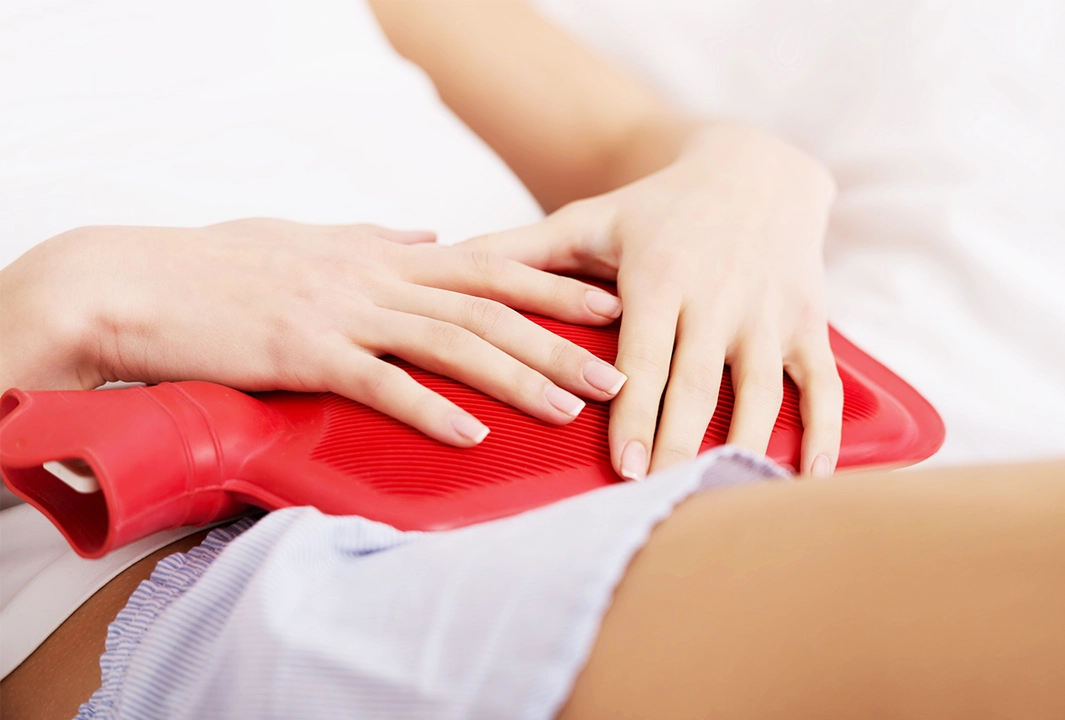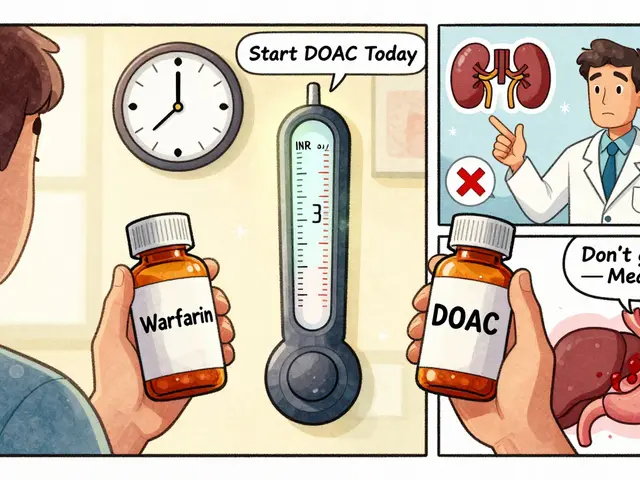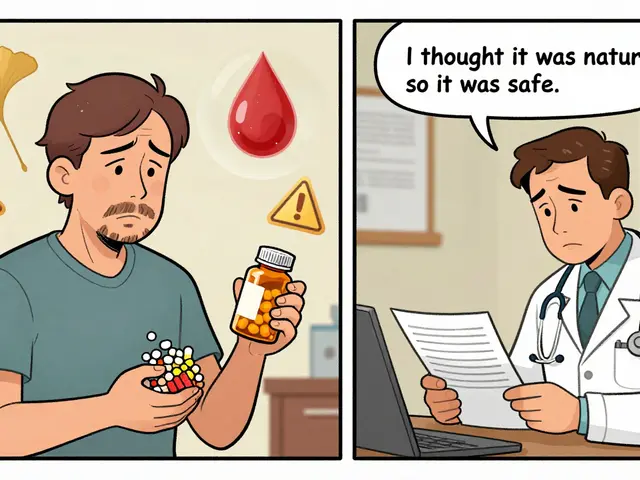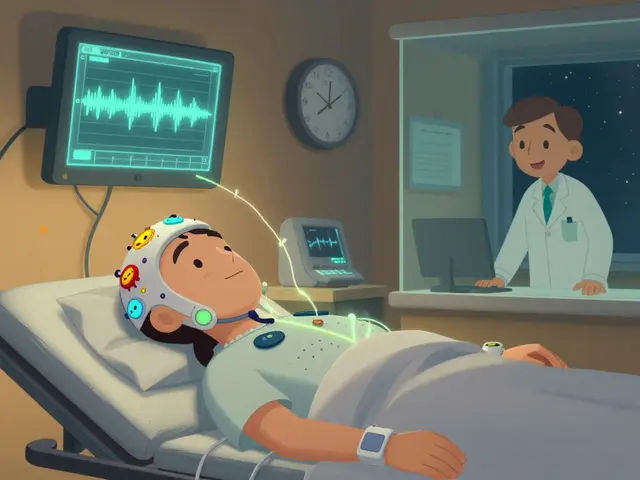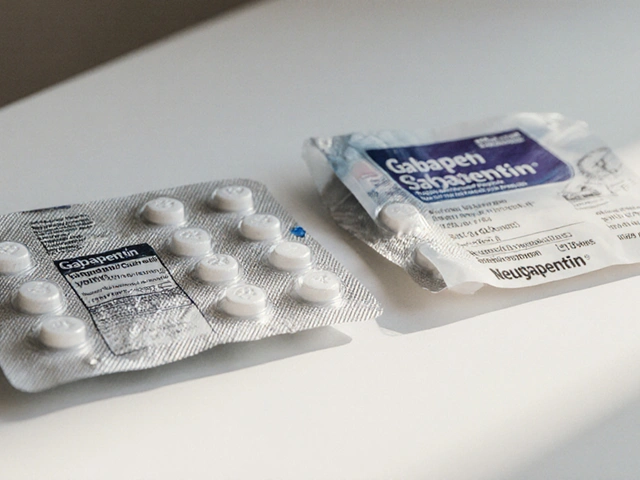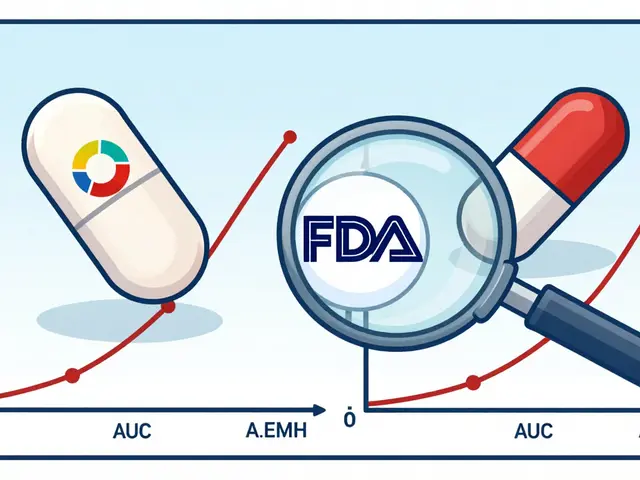Menstrual Cramp Relief: Simple Ways to Feel Better Fast
If you’re tired of the monthly ache that makes every move feel like a chore, you’re not alone. Menstrual cramps can be harsh, but a few everyday tricks often cut the pain enough to get through the day. Below are real‑world tips that work for most people without needing a prescription.
Home Remedies That Actually Work
Heat is your first friend. A warm water bottle, heating pad, or even a hot shower relaxes the uterine muscles and eases tension. Keep it on the lower belly for 15‑20 minutes when the cramp hits.
Gentle movement helps. Light stretching, yoga poses like child’s pose or cat‑cow, and short walks increase blood flow. You don’t need a marathon; even five minutes of easy moves can reduce intensity.
Stay hydrated. Dehydration makes muscles contract harder. Aim for at least eight glasses of water daily, and add an electrolyte drink if you’re sweating from exercise or heat.
Try over‑the‑counter pain relievers wisely. Ibuprofen (200 mg every 6‑8 hours) targets inflammation that fuels cramps. Acetaminophen works for milder aches. Follow the label and avoid stacking multiple meds.
Herbal teas can calm you down. Ginger, chamomile, or peppermint tea soothe the gut and lower prostaglandin levels – the chemicals that cause cramping. Sip a warm cup at the first sign of pain.
When to See a Doctor
If cramps last more than a week, are severe enough to miss work, or come with heavy bleeding, it’s time for professional advice. Conditions like endometriosis or fibroids need medical treatment, and a doctor can recommend hormonal options or specialized therapies.
Don’t ignore new symptoms such as fever, sudden weight loss, or pelvic pain that isn’t linked to your period. These could signal infection or other issues that need testing.
Ask your provider about birth control pills, intrauterine devices (IUDs), or prescription NSAIDs if OTC meds aren’t enough. Many people find lasting relief with these options.
Remember, every body reacts differently. Try one tip at a time and note what eases the pain most for you. Keeping a simple diary of foods, activities, and pain levels can reveal patterns that help you prevent future flare‑ups.
Bottom line: combine heat, movement, hydration, and smart use of OTC meds to tame cramps on most months. Reach out to a healthcare professional if the pain feels abnormal or unmanageable – early diagnosis makes treatment easier.

